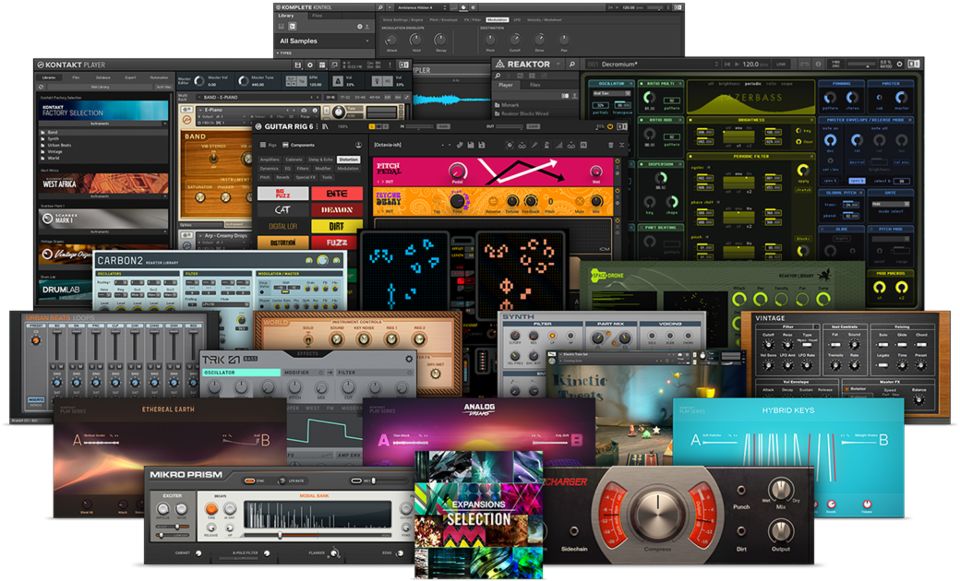Contents
Thanks to advances in technology, audio plug-ins increasingly become more capable and Virtual Studio Technology (VST) is not an exception. VST3, one of the latest versions of VST, outmatches its predecessors in many regards. However, it’s worth pointing out that not everyone understands the difference between VST and VST3. If you find yourself in the same predicament and desire some information, my article can offer you salvation.
The Background Of VST
For your information, VST is an audio plug-in designed from the ground up to add enhancements and extra effects to recordings.
Released by Steinberg Media Technologies in 1996, the original VST version is an open-source development kit. That means people don’t have to bother about licenses if they want to use the original VST version to develop new VST kits. The original VST version was later upgraded to VST 2.0 in 1999 and VST 3.0 was introduced in 2008. For some reason, VST2 is usually referred to as VST which creates confusion for quite a few users.
The operation of VST revolves around digital signal processing that emulates physical hardware from software. To put it plainly, the plugin receives an audio signal and creates a digital audio signal as the output. Currently, VST comes in 2 types: VST effects and VST instruments. The former is used to add sound effects or even vocals to audio recordings while the latter is used to replicate musical instruments the user does not currently possess.

VST Vs. VST3: Insights
Considering the fact that VST3 is one of the latest versions of VST, it should be obvious that VST3 is superior to VST. Continue reading to learn the superiority of VST3 over VST.
Efficiency
The first and perhaps most major advantage VST3 has over VST is that it is vastly more efficient. Resource efficiency is very important for all programs and that rule applies to audio plugins as well. After all, even the most high-end computer isn’t completely immune to slowdowns as well as crashes due to high CPU usage. That is precisely where VST3 excels as unlike its predecessor, VST3 only processes audio when it receives a signal.
The use of VST3 opens up possibilities for using more plugins or tasks without messing up the system. Last but not least, compared to VST, VST3 can process audio at higher bit depth and sample rate which guarantees high-quality audio.
Compatibility
Since VST3 supports multiple MIDI inputs and outputs, you have a lot more room to experiment once it comes to MIDI data. For instance, you can use VST3 to control a virtual drum using a virtual piano’s keys. Needless to say, VST3 comes in handy if you must make use of a large number of instruments as you work. If you wish to do the same action with VST, prepare to deal with a series of challenges such as third-party apps.
Also, VST instruments are usually limited to MIDI inputs only but that is not the case with VST3. In times of need, you can directly input audio signals into the plugin with a vocoder and that should be it. If you need to handle not only MIDI data but also audio signals, VST3’s got you covered.
VST3’s UI text comes in Unicode format, thus, it accommodates just about every language out there. The same rules also apply for encoding: most languages will work so there is no need to worry about compatibility issues. VST3’s compatibility advantages don’t stop there as VST3 also makes provision for surround/multi-channel audio. You can freely route audio to different channels, stereo as well as surround at a moment’s notice.
Ease Of Access
Compared to VST, VST3 has polished not only its capabilities but also streamlined the UI so it’s easy to use. Since VST sets may include hundreds of parameters, ease of access proves essential. VST3 introduces quite a few new features for customizing UI such as filters, ability to resize the window and even allow you to name and organize your data freely. As a result, VST3 users will experience a more organized and smoother workflow.
Drawbacks
In layman’s terms, due to its age, VST is no longer a development standard and you won’t be able to find official support in this day and age. That is not to say everything about VST3 is better though: upon release, VST3 had a bad reputation for being buggy and not as reliable as earlier releases. While that is no longer the case most of the time, you may still encounter one or two unfavorable plugins out there. Moreover, while VST3 has more features, you need to do some research to put them to good use.


Hi music fan! I am Jeff. Hope that you enjoy some stuff I shared here in my personal blog.
About myself, Currently I am in charging as Artist Manager/Music Supervisor at 72 Music Management. I did managed album to Grammy Award in 2017 with 7 Nominations from 2014-2020 and had the opportunities to work with : A.J. Croce, Blind Boys of Alabama, Bobby Rush, Dom Flemons, Dustbowl Revival, Sarah Grace
Governor of the Memphis Chapter of The Recording Academy is one of a award that I am lucky to achieved.
